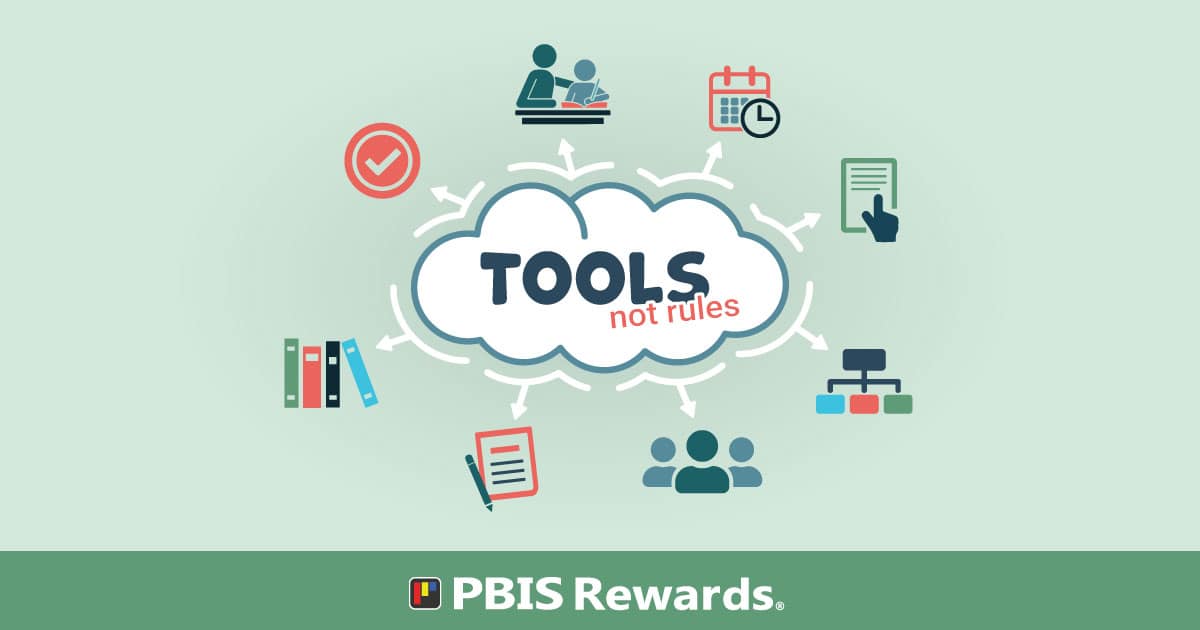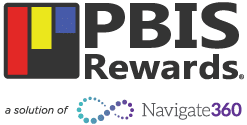If the only tool you have is a hammer, you tend to see every problem as a nail.
– Abraham Maslow
When it comes to helping your students learn and practice good behavior, how you approach classroom expectations is key. While your school’s PBIS initiative guides schoolwide behavior, those broader expectations are the basis for behavior within your classroom community. Your classroom matrix, built upon larger schoolwide expectations, enables your students to practice positive behavior on a smaller scale. Classroom expectations can help your students develop the tools for success in the classroom and beyond. Your students can master expectations more quickly with a calm classroom and mindfulness techniques.
Creating a Calm Classroom
As you move through the school year, you can take your PBIS initiative to another level by incorporating social and emotional learning. SEL in the classroom enables students to develop key skills such as self-awareness, self-management, and responsible decision-making.
Your students will use these skills as tools long after they’ve moved on from your classroom. You can make PBIS and SEL more effective at the classroom level by working to develop a calming classroom environment. Students who experience a calm classroom benefit in many ways.
A calm classroom is a warm, welcoming environment in which students are encouraged to develop positive relationships. This begins with a positive relationship with you, their teacher, which sets the tone for connections with their peers. In addition, a calm classroom is a secure environment in which students can learn to respond instead of reacting to stressors and emotional triggers.
Mindfulness in the Classroom
How do you develop a calming classroom environment? In addition to incorporating SEL in your lesson plans, you can also work with your students to learn mindfulness techniques.
Mindfulness helps students to move through anxiety and calm their inner stress via a series of sensory exercises. These exercises include breath, movement, sensory experiences, and guided imagery. Mindfulness, along with the skills developed through SEL, enables students to regulate their emotions and self-soothe.
As you introduce mindfulness exercises to your students, it’s important to build time into your class schedule for practice. Just as routines can help give you more time to teach, regular practice of mindfulness techniques can help increase instructional time, as well.
Students who learn ways to calm their emotions and be present in the moment can use these methods to prepare for learning. Calm, focused, and engaged learners enable you to move through your daily routine more easily, reducing disruptions and paving the way for smooth transitions between activities.
Tools for A Calm Classroom
Sensory tools for the classroom can take a variety of forms, depending on the age of your students. The goal is to make use of all five senses and give the brain a break.
Breathing Exercises
Deep breathing can regulate the nervous system, slowing the heart rate, regulating blood pressure, and decreasing stress hormones. There are lots of fun ways to teach deep breathing. Check out videos from GoNoodle, different methods to inhale and exhale, and guided exercises like box breathing.
Sensory Toys
Sensory toys can be a natural fit for younger students, but they have advantages for older kids, as well. Having a “calm down kit” in your classroom can help students of all ages to use all their senses to disrupt anxious and stressful thoughts. Some students benefit from having a quiet fidget toy to keep their hands busy while their brain is engaged. Set some guidelines around the use of sensory toys if you are concerned about them becoming a distraction.
Music
The adaptability of music for just about any situation is second to none. Need to blow off steam as a class? Play something that lets your students move and shake out the wiggles. Need something soothing? Play soft, quiet music in the background. You can even use fun songs that have dance moves to go along with the melody (plus your students will enjoy seeing their teacher do The Chicken Dance)!
Guided Imagery
Take your students on a trip… inside their brain! Guided imagery helps students to connect with their emotions and enables them to process physical sensations. It can be especially helpful in reducing stress and anxious feelings. There are lots of scripts available online to help you guide your students through this process. Even very young students can benefit!
Movement
There is a reason recess is beneficial, especially for younger students. Movement can help regulate the nervous system and provide a much-needed break from the classroom environment. Even if you aren’t able to get out of the classroom for some physical activity, working through a seated movement course can help students to relax, regroup, and get ready for learning.
Teaching your students mindfulness exercises and building time into your class schedule to practice them can result in increased positive behavior. These mindfulness techniques can help students to halt anxious thoughts and stress-based reactions, allowing them to respond with SEL skills instead.
Tools > Rules
No matter what grade level you teach, you can win the entire year on the first day of school by establishing expectations instead of rules. Teach classroom expectations using methods that are appropriate for your students. Pairing expectations with mindfulness exercises can make your classroom more efficient. Be prepared to reteach expectations as needed, such as after a break.
As your PBIS initiative changes throughout the school year, you will find that teaching calming and mindfulness techniques will help your students adapt to these changes. What’s more, they will carry these self-regulating tools with them as they continue their academic career. (PS – mindfulness exercises are good for teachers, too!)
If you’d like to take the management of your PBIS initiative to the next level, PBIS Rewards can help! Let us show you how easy it is to recognize students for meeting expectations. You’ll even be able to generate reports that show you where you need to make adjustments to your initiative. We’d love to tell you more – contact us or request a demo!


